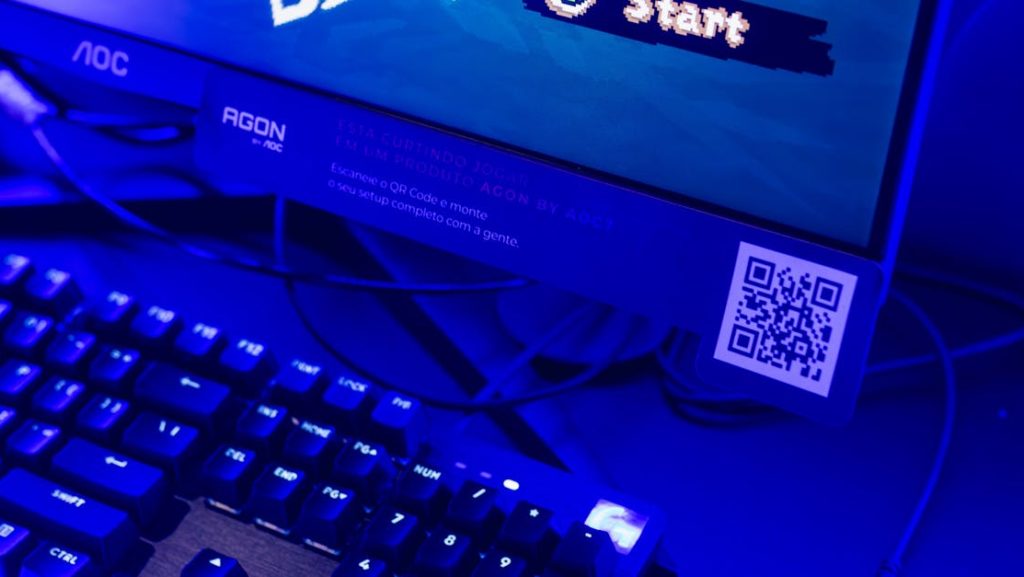
Building a SaaS demo that truly engages, educates, and converts is a nuanced challenge in 2025. A demo is often the first real experience a prospect has with your platform beyond marketing copy or product specs. Get it right, and you’ll fast-track engagement, reduce time to value, and drive pipeline growth. In this guide, we’ll break down (step by step) the essential checklist for effective SaaS demos, going deep into what matters, why it matters, and how you can execute each element to maximize results. Insights are drawn from our hands-on experience building and optimizing interactive, self-hosted demos with DemoGo—a distinct perspective that prioritizes both user freedom and enterprise needs. Let’s dig in.

Why Effective SaaS Demos Are More Critical Than Ever
In a world of product-led growth and overloaded inboxes, your SaaS demo must offer an immediate, immersive value experience. Prospects want hands-on discovery, not just static videos. An effective demo should:
- Let users explore on their terms, at their pace
- Showcase unique value for distinct roles or industries
- Streamline onboarding and reduce support debt
- Support privacy and security demands, especially in regulated environments
If you’re running a SaaS business, this is your first (and sometimes, last) shot to stand out from the noise.
The 2025 SaaS Demo Checklist: Each Step Explained
-
Map Your Ideal Audience: Go Beyond Personas
- Start with your Ideal Customer Profile (ICP), but refine based on actual buying triggers you observe in CRM analytics and outreach.
- Segment demo content: For example, show different journeys to product managers vs. ops specialists (don’t just retheme the same demo).
- Customize copy and task-flows using prospect language. With DemoGo, our desktop builder makes this easy, codeless, and plug-in free.
-
Set Outcomes and Trackable Metrics from the Start
- Every demo should be designed around a clear goal—more free trials, account activations, or direct meeting requests.
- Write a measurable hypothesis (e.g., “add guided call-to-action steps to increase demo completions by 15%”).
- Use built-in analytics to track feature usage, lead capture, and drop-off points.
-
Structure the Demo: Welcome, Solve, Prove, Prompt
- Open with a personalized welcome (even if it’s just a custom greeting for the account type).
- Lead immediately to a specific problem statement relevant to your prospect.
- Guide through 2-4 core features—they should directly solve the prospect’s pain (resist the urge to overload).
- Include clear, simple steps: Problem → Solution → Value → Social proof → Next step.
- Don’t skip proof—embed real metrics, testimonials, or outcome statements with context.
-
Make it Deeply Interactive
- Allow users to click, input, and explore—not just watch passively. Prospects should experience the platform as closely as possible to how they’d use it live.
- Incorporate tooltips and explainer overlays that show value in context, not in isolated pop-ups.
- If your demo can be branched (choose your path), make sure each branch aligns with a real-world use case.
- Our desktop-first tool allows for powerful interactivity without browser plugins or security overrides.
-
Enable Real Feedback and Conversation
- Add survey points, reaction buttons, or spots for users to ask questions directly within the demo.
- If live, create space for open Q&A, but for on-demand or embedded demos, gather feedback for continuous improvement.
-
Highlight Outcomes with Social Proof
- Integrate real customer quotes, logos, or short impact statements as embedded callouts.
- Quantify with real numbers when possible (e.g., “Our onboarding demo helped X SaaS reduce ticket volume by 40%”).
- Only use proof you genuinely have—prospects can sense filler!
-
Prioritize Accessibility and Customization
- Make sure your demo is navigable by keyboard, readable (high contrast), and works for assistive technologies.
- Offer multi-language support if you serve global prospects.
- Ensure all steps are easily editable—our codeless editor was built with this in mind so all stakeholders can contribute.
-
Optimize for Device Flexibility
- Responsive layout is non-negotiable; test demos on mobile, tablet, and desktop.
- With a desktop-first approach, you can ensure pixel-perfect demos for web users but don’t overlook the mobile journey as mobile usage keeps increasing.
-
Embed Robust Analytics and Measurement
- Go beyond vanity stats—look for step-wise completion rates, engagement with interactive elements, and CTA conversion.
- Feed demo data into your CRM or analytics platform for pipeline attribution.
- Review analytics at least quarterly to re-optimize demo flows for new product releases.
-
Make Sharing and Updating Effortless
- Easy sharing means wider impact—embed demos on your site, in outreach, or across training materials with just a link or embed code.
- Set up a tight review-feedback-update loop; your best demo should always be your most recent one.
- With DemoGo, you can update steps, visuals, and logic without any coding or waiting on dev cycles.
-
Finish with a Clear CTA (Always)
- End each demo with a defined, actionable prompt: start trial, schedule call, or download a resource.
- Test both CTA copy and placement. Interactive demos consistently see the best conversions when the next action is obvious and inviting.

Common Pitfalls We See (and How to Avoid Them)
- Too many features crammed in: Focus on 2-4 crucial flows that tie directly to buyer needs.
- Forgetting mobile users: Demos should function and look great on all devices.
- No analytics, no improvement: Guesswork kills demo ROI. Always measure and iterate.
- Stale or inconsistent messaging: Quarterly reviews keep every demo on point and relevant.
- Weak or missing CTA: Every demo is a nudge forward in your customer’s journey.
- Neglecting accessibility: This isn’t optional—ensure usability for all.
Additional Elements That Distinguish Winning SaaS Demos
- Integrated Lead Capture: Make it seamless to collect prospect details, especially during self-guided tours.
- Scenario Customization: Allow users to self-select the role or challenge most relevant to them and branch instantly to corresponding flows.
- Effortless Content Editing: Empower all teams (sales, success, marketing) to tweak or localize demos on their own, without needing developer time.
Optimizing Your Demo Maintenance Process
Having the right process for keeping your demos fresh saves you from delivering outdated or broken experiences. At DemoGo, we recommend:
- Calendaring a quarterly review of all high-traffic demos
- Tying demo updates to your product release schedule
- Collecting feedback from both prospects and internal teams for continuous optimization
Tying it All Together: How This Checklist Helps Each Team
- Sales: Personalized, interactive demos enhance conversations, speed up onboarding, and empower prospects to become internal champions. See how shareable demos drive internal buy-in for SaaS deals.
- Marketing: Engaging tours drive better lead capture, nurture engagement, and build trust earlier. Learn more on using interactive content for SaaS lead generation.
- Customer Success & Training: Scenario-based, guided tours reduce support tickets and shorten adoption time. Read about modern training beyond video tutorials.
FAQs: Building Great SaaS Demos in 2025
- How long should a self-guided SaaS demo be?
- 3–5 minutes works best for most. Live demos for enterprise can be longer but break into digestible sections if possible.
- Do I need to code or rely on developers?
- No. A codeless, desktop-based builder makes updates quick for any team member—no plugins or coding needed.
- Is self-hosting necessary for demos?
- If you work in a space with privacy, compliance, or uptime concerns, fully owning your demo hosting is a major advantage.
Your Next Step: Build a Better Demo, Free
If you want to see how these best practices look in action—and build your own interactive demo without plugins or coding—consider trying DemoGo’s freemium version. Capture leads, customize journeys, and host everything yourself. If you’re ready to transform how people experience your SaaS, let’s get started.
And if you’re in the process of expanding your SaaS demos, you might find our guides on improving free user engagement and creating industry-specific SaaS demos valuable next reads.
